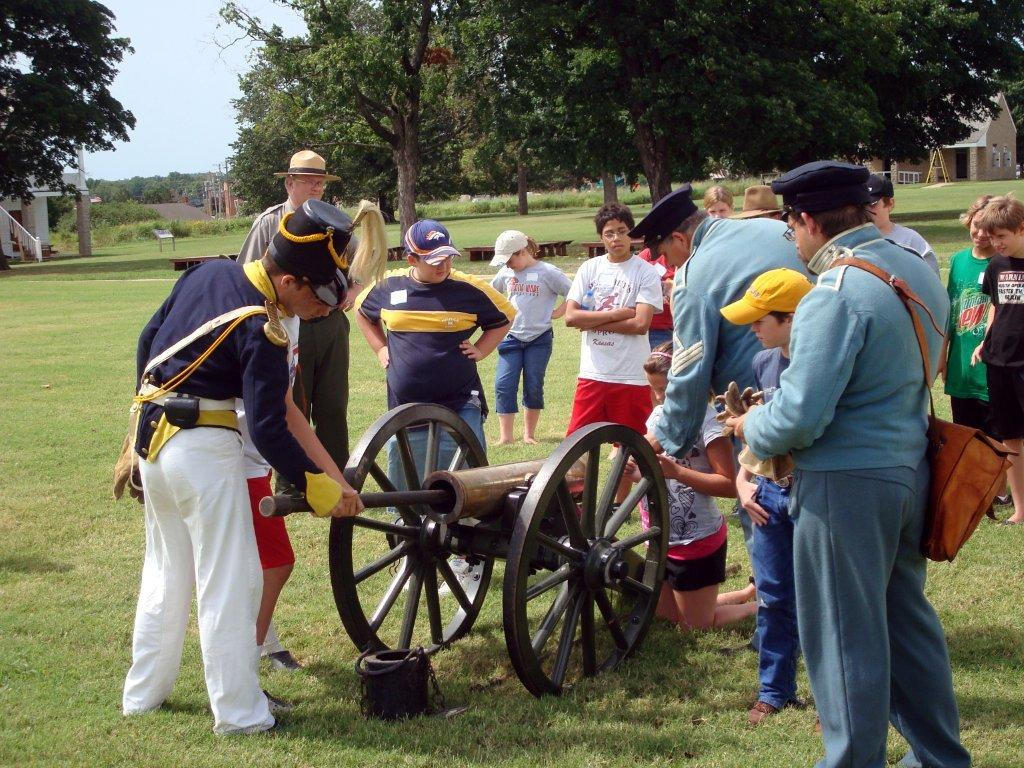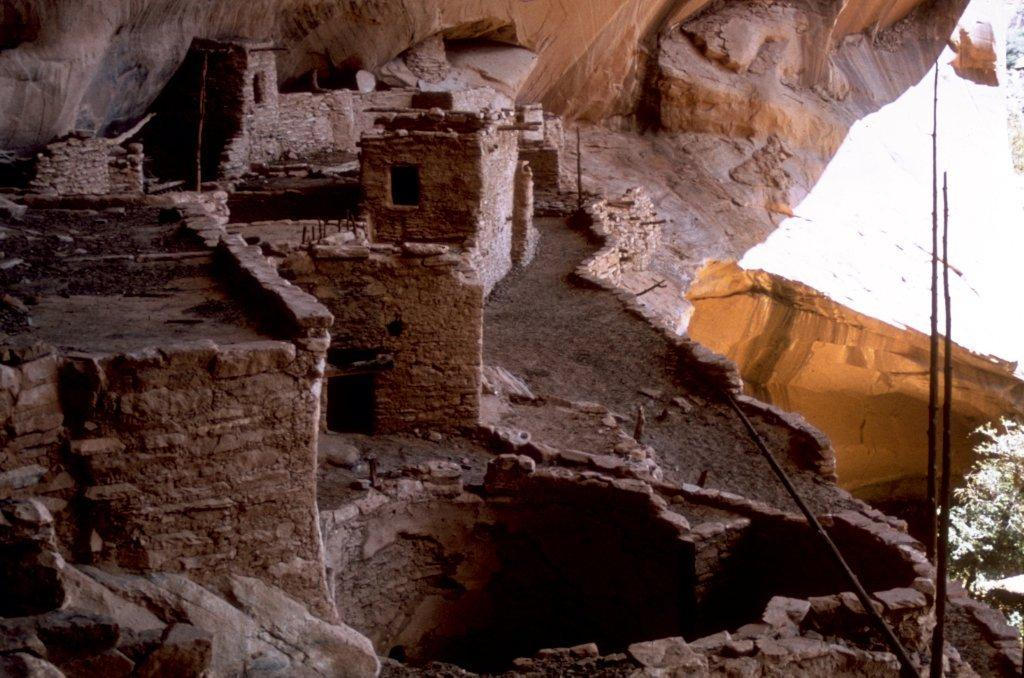Yellowstone. Yosemite. Grand Canyon.
Hear the words “national park,” and you picture soaring landscapes and vast vistas. But dozens of other places – much smaller, little known and overlooked by the great majority of travelers – have much to offer.
Some are miniscule compared with their more famous park cousins, but equal in beauty. Others relate intriguing chapters of American history. Scattered throughout the country, they’re readily accessible.
THEODORE ROOSEVELT ISLAND
In Washington, D.C., visitors can combine a history lesson with an inviting outdoor experience. Theodore Roosevelt Island, a 91-acre outcrop in the Potomac River, honors the president who had perhaps the greatest impact on conservation. During his term as chief executive (1901-1909), “Teddy” signed legislation establishing five national parks, and empowering presidents who followed him to designate historic and other landmarks as national monuments.
Native Americans used the island as a fishing spot, and Union Army troops were stationed there during the Civil War. Visitors today may learn about the legacy of our 26th president at a memorial that includes a statue of Roosevelt and some of his most memorable quotes, and hike along gentle trails through marsh and forest terrain. For details, call (703) 289-2500.
THOMAS STONE HOME
One of the least-visited places in the National Park system lies 30 miles south of Washington, D.C., near La Plata, Md. The Thomas Stone National Historic Site recalls an interesting tidbit from the American Revolution.
Thomas Stone was among the 56 signers of the Declaration of Independence whose names are unknown to most Americans. He was among the few moderates in the Continental Congress who continued to seek peaceful reconciliation with England right up to the end.
This story is recounted during tours of “Haberdeventure,” the plantation that Stone purchased in 1770. After he set out to build a modest home, his father died and five of his younger siblings came to live with his family. The sprawling home reflects several stages of construction as it was expanded to handle the.extended family.
Visitors may tour the house, farm buildings, park grounds and family cemetery. For more information, call (301) 392-1776.
THE ADAMS HOMESTEAD
A much better-known signer of the Declaration of Independence, and his equally famous son, are recalled at the oldest presidential birthplace in the United States. The mansion in Quincy, Mass., named “Peacefield,” served as home to John Adams, John Quincy Adams and two subsequent generations of the family.
The oldest part of the structure was built in 1730-1731 and purchased in 1787 by John Adams, who served as second president of the United States (1797-1801). His son John Quincy won fame as a member of Congress, secretary of state and the sixth president (1825-1829).
The Georgian style home contains furnishings contributed by each generation of the family. Adams National Historic Park will be open this year from April 19 to Nov. 10. For more information, call (617) 773-1177.
RUSSELL CAVE
A much earlier period of history comes alive at Russell Cave National Monument at Bridgeport, Ala. The cave served as home to prehistoric people for more than 10,000 years, beginning around 6500 B.C. Ranger-led tours take visitors to the cave shelter, and demonstrations explain the use of primitive tools and blowguns, spear throwers and other primitive weapons.
A video presentation depicts the life of early North American inhabitants. For more information, call (256) 495-2672.
FORT SCOTT HISTORIC SITE
More recent history is recounted at a fort that played a major role in expansion of the fledgling United States from east of the Mississippi to the West Coast. Fort Scott National Historic Site, in the Kansas town of the same name, was established as a frontier army post in 1842.
For the next three decades, soldiers from the fort surveyed unmapped countryside, provided escort for pioneers heading west, and maintained peace between Plains Indians and settlers moving into their territory.
Twenty historic structures recall the story. An interesting innovation is a tour that uses visitors’ own cell phones to describe Fort Scott’s exciting past. For more information, call (620) 223-0310.
DINOSAUR NATIONAL MONUMENT
Some 150 million years before either Fort Scott or the United States existed, other residents roamed around a large river that ran through what now is northeastern Utah. The bones of 11 kinds of dinosaurs remain embedded in a rock wall at Dinosaur National Monument.
Most of the fossils are of sauropods, huge, long-necked plant eaters that were the biggest creatures ever to walk on land. Others are remains of plant eaters that ranged in size from large to small, as well as of some carnivores.
Visitors may view fossil bones during a short walk along the Fossil Discovery Hiking Trail, and in the visitor center.
An interesting video shows how paleontologists carefully chip away the rock to expose the bones, then leave them where they were found and where they may be seen today. For more information, call (435) 781-7700.
NAVAJO NATIONAL MONUMENT
Another small museum, located in northern Arizona, displays remnants of a different kind. Pots, tools and cultural items are among exhibits at Navajo National Monument. Of greater interest are three intact cliff dwellings of the Ancestral Puebloan people.
They grew corn, beans and squash, and hunted wild game. The monument contains three short hiking trails that lead to interesting overlooks. Lucky visitors may hear the cry of an intriguing grasshopper mouse, a carnivorous little animal that emits a surprisingly realistic wolf-like howl. For more information, call (928) 672-2700.
CITY OF ROCKS
Another Indian tribe, the Shoshone, made its home further north in an area of present-day Idaho characterized by a breathtakingly dramatic landscape. A large basin contains a concentration of spectacular erosional granite outcrops and monoliths, some as tall as a 60-story building.
A westward-bound pioneer, heading for California in 1849 during the Gold Rush, described the region as a “City of Rocks.” The name stuck when City of Rocks National Reserve was established by Congress in 1988.
Along with its other-worldly landscape, the site recalls the history of westward migration during the mid-19th century. Ruts made by wagon wheels still are visible. Hundreds of inscriptions, written with axle grease on large rocks, serve as reminders of the hardy souls who undertook the treacherous journey to seek riches and a better life. For more information, call (208) 824-5519.
The life of pioneers heading west was different from that of upper-class gentlemen who served as president of the United States. Simple cliff dwellings which served as home to Native Americans were luxurious compared with caves in which prehistoric people lived. This diversity and much more awaits those who explore the lesser-known, but no less fascinating, places that comprise the National Park System.
For information about the entire National Park System, call (202) 208-4747 or log onto the National Park Service Web site at nps.gov.
Victor Block is a freelance writer who lives in Washington, D.C., and spends summers in Rangeley.
Copy the Story Link
Send questions/comments to the editors.




Success. Please wait for the page to reload. If the page does not reload within 5 seconds, please refresh the page.
Enter your email and password to access comments.
Hi, to comment on stories you must . This profile is in addition to your subscription and website login.
Already have a commenting profile? .
Invalid username/password.
Please check your email to confirm and complete your registration.
Only subscribers are eligible to post comments. Please subscribe or login first for digital access. Here’s why.
Use the form below to reset your password. When you've submitted your account email, we will send an email with a reset code.